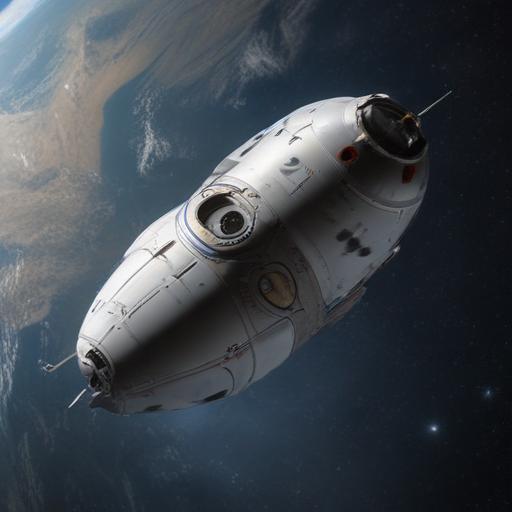Axiom Mission 4, the fourth private astronaut mission to the International Space Station (ISS), is slated to launch on June 25, 2024, at 2:31 a.m. EDT from NASA’s Kennedy Space Center in Florida. This significant mission represents continued collaboration between NASA, Axiom Space, and SpaceX, showcasing advancements in commercial space endeavors. The crew will utilize a new SpaceX Dragon spacecraft, propelled by the Falcon 9 rocket, with a targeted docking on June 26 at around 7 a.m.
Discussions between NASA and Roscosmos about ongoing repair work in the Zvezda service module have led to a decision to lower the pressure in the transfer tunnel, ensuring safety remains a priority for all agencies involved in the mission.
Peggy Whitson, a veteran NASA astronaut and current director of human spaceflight at Axiom Space, will take command of the mission. She will be joined by ISRO astronaut Shubhanshu Shukla as pilot, and mission specialists Sławosz Uznański-Wiśniewski from ESA and Tibor Kapu from Hungary. This mission not only marks a significant step in commercial space travel but also carries the first astronauts from Poland and Hungary to the ISS, enhancing international representation in space exploration.
In a notable development, Axiom Mission 4 aligns with a commitment made by former President Donald Trump and Indian Prime Minister Narendra Modi to send the first ISRO astronaut to the ISS. This initiative entails five joint scientific investigations and two STEM demonstrations, further cementing the strong collaboration between NASA and ISRO.
During their two weeks aboard the ISS, the private astronauts will engage in various scientific, educational, and commercial activities, leveraging the ISS as a unique platform for research and collaboration.
NASA’s launch and arrival coverage can be accessed through NASA+ and other platforms, highlighting the agency’s commitment to transparency and public engagement. The mission is viewed as an important step towards establishing a sustainable low Earth economy and expands NASA’s focus on deep space missions, particularly its Artemis program aimed at lunar exploration.
This mission not only strengthens international partnerships but also sets a precedent for future commercial space flights and scientific collaborations in low Earth orbit.
